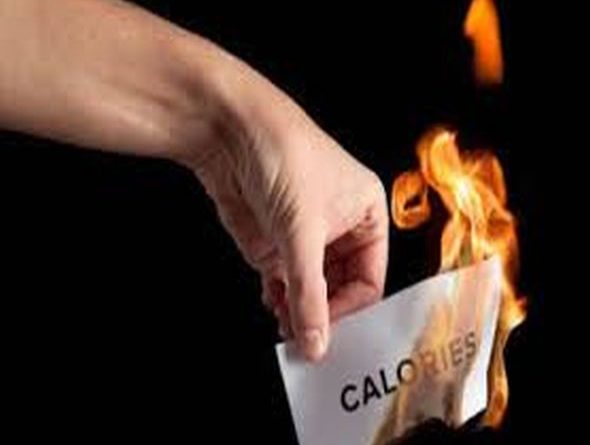You can hardly miss it…over the past year or so, kettlebell training has popped up everywhere — from gyms to outdoor groups to YouTube videos to workout DVDs endorsed by just about anyone. As a certified trainer and fitness instructor, I’m a little disappointed that my ‘secret’ weapon for effective and efficient training has gone mainstream. But more than that, I’m concerned with the dodgy quality and safety of so many of these programs, clearly wanting to cash into the latest ‘craze’. A few improperly trained folks getting injured and blaming the tool is the last thing we need. This article explores how you can evaluate a particular kettlebell program or trainer and what to do if they don’t measure up.
1. Certification. As kettlebells have gained popularity, so to have the number of certification programs. However, they are not all made equal. Some trainers just watched a few videos, read a book and, maybe, wrote an online exam. Others took a 4-hour workshop that sped them though as many moves as possible. Still others were put through a grueling series of instructional sessions (lasting from 1-3 days) that ensured they could both execute exercises safely and teach them effectively. Which one would you prefer?
How to evaluate? Ask your trainer where he/she was certified and, if the source is unknown to you, Google it. After all, it is a hunk of iron that you’ll be swinging around. Make sure your person knows more than just how to do it…he/she needs to know how to teach you to do it well, and correct you when you don’t. A dance teacher isn’t a kettlebell instructor, nor is a personal trainer without proper kettlebell certification. Note that in my original personal training certification (going back a few years), there wasn’t one mention of a kettlebell. Check them out.
2. Initial assessment. A good instructor will not only inquire about your health, fitness level, past injuries and goals, he/she will perform an initial assessment for flexibility, mobility and movement screens. How can they possibly know how heavy a kettlebell you can start with without one and what movements may be contraindicated until you build up the ability to execute them safely?
How to evaluate? Consider how the instructor greeted you. Did he/she ask about the above? Did he/she perform any basic functional movement screens? If you’re evaluating a video or DVD, did they provide a self-assessment checklist?
3. Proper progression. I checked out a park program several months ago without telling the trainer that I was certified. Whammo…within the first 20 minutes he had us doing snatches, overhead squats and clean-press combos. Kettlebell training, like yoga, martial arts, golf, etc., is a practice. It’s progressive. You need to build up strength, joint mobility (hips, shoulders), flexibility and proper muscle firing patterns to execute more complex moves with proper technique. Essentially, you earn the right to learn the next move when you can show you’ve got the basics correct.
How to evaluate? The foundational movement of kettlebell training is the swing. If your instructor (in person or on a DVD) doesn’t spend significant time teaching the proper progression of the swing and it’s derivatives (1 hand, hand to hand), doesn’t provide you with clear corrective cues, or gets into complex movements quickly (snatch, clean, jerk, windmill, overhead moves, etc.), then beware you are at risk of an injury.




